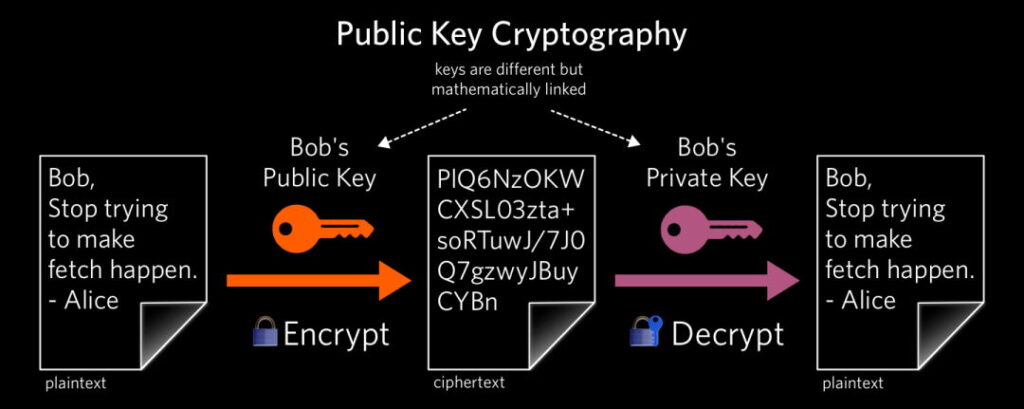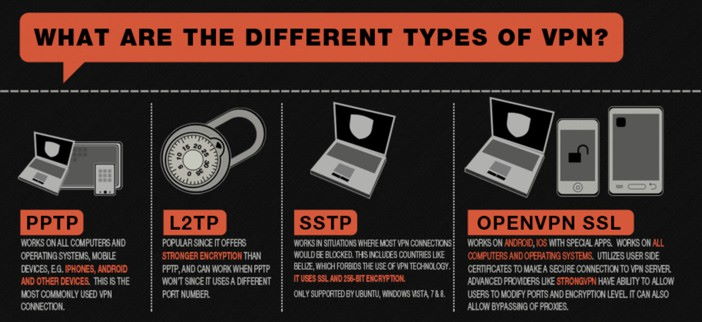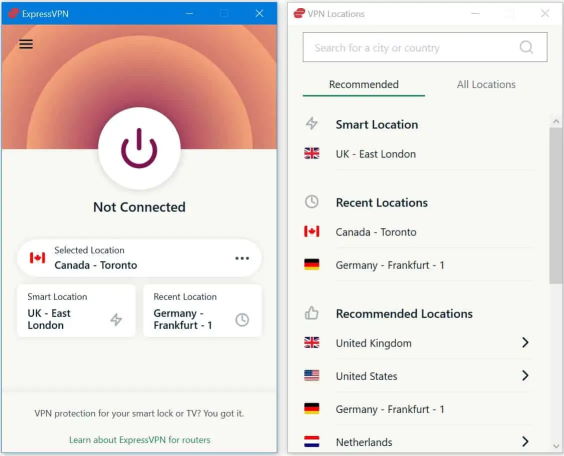A personal VPN, or Virtual Private Network, is a technology that allows users to create a secure and private connection to the internet. It works by encrypting your internet traffic and routing it through a secure tunnel to a remote server operated by your VPN provider. When you connect to a VPN server in Canada, or the UK, or Japan, your traffic will come from an IP address registered in the country of your choice.
In this section, we’ll dive into the technical details of how a personal VPN works, including the different types of encryption used, the protocols used to establish the VPN tunnel, and the different components involved in a typical VPN setup.
Encryption
One of the most important components of a personal VPN is encryption. Encryption is the process of scrambling data so that it can’t be read by unauthorized parties. In the case of a personal VPN, encryption is used to protect your internet traffic as it travels through the VPN tunnel.

There are several different types of encryption that can be used in a personal VPN. One of the most popular is AES (Advanced Encryption Standard), which is a symmetric key encryption algorithm that’s widely regarded as one of the most secure. Another commonly used encryption algorithm is RSA, which is an asymmetric key encryption algorithm that’s often used to establish secure connections between two parties.
In addition to the type of encryption used, the strength of the encryption key is also an important consideration. A longer encryption key is generally considered to be more secure, as it makes it more difficult for an attacker to brute-force their way into the encrypted data. In a personal VPN, key sizes of 128 bits, 192 bits, and 256 bits are commonly used.
Protocols
Another important component of a personal VPN is the protocol used to establish the VPN tunnel. A protocol is a set of rules that governs the way data is transmitted between two devices. There are several different VPN protocols that can be used, each with its own strengths and weaknesses.
One of the most popular VPN protocols is OpenVPN. OpenVPN is an open-source protocol that uses SSL/TLS (Secure Sockets Layer/Transport Layer Security) encryption to create a secure VPN tunnel. It’s widely regarded as one of the most secure VPN protocols, and is compatible with a wide range of devices and platforms.
Another commonly used protocol is L2TP/IPSec (Layer 2 Tunneling Protocol/Internet Protocol Security). L2TP is a tunneling protocol that’s often used in combination with IPSec, which is a suite of security protocols that includes encryption, authentication, and key management. L2TP/IPSec is often used on mobile devices, as it provides a high level of security and is compatible with a wide range of devices.
PPTP (Point-to-Point Tunneling Protocol) is an older VPN protocol that’s not as secure as some of the newer options, but is still commonly used because it’s easy to set up and configure. PPTP is not recommended for use on devices that require a high level of security.
Components
A personal VPN typically consists of several different components. The first is the VPN client, which is the software or app that you use to connect to the VPN. The VPN client is responsible for establishing the VPN tunnel, encrypting your internet traffic, and routing it through the VPN server.
The VPN server is the remote server operated by your VPN provider that your internet traffic is routed through. The VPN server is responsible for receiving your encrypted internet traffic, decrypting it, and forwarding it to its final destination on the internet.
In addition to the VPN client and server, there are several other components that may be involved in a personal VPN setup. These include a VPN gateway, which is a device that connects the local network to the VPN server; a VPN concentrator, which is a device that aggregates multiple VPN connections; and a VPN firewall, which is a firewall that’s specifically designed to handle VPN traffic.





0 Comments